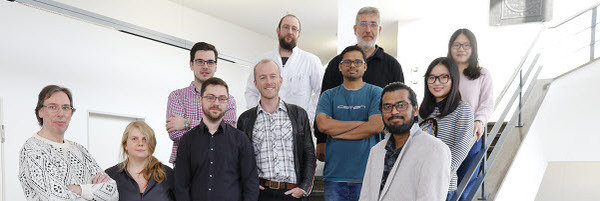Journal Article
Parsa, A.; Saksena, A.; Gault, B.; Mills, M.; Eggeler, G.: High-temperature and low-stress tertiary creep and the transition from rafting to topological inversion in single-crystal Ni-base superalloys. Journal of Materials Science
60 (39), pp. 18225 - 18245 (2025)


